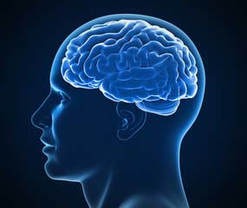What is Cerebral Palsy?
|
Cerebral Palsy is a term used to cover several neurological conditions.
These conditions are caused before, during or shortly after birth as a result of injury to the brain due to any of the following reasons:
Cerebral Palsy can affect muscle control, coordination, and tone, reflexes, posture and balance. Often a person with Cerebral Palsy will display signs of the condition, but the effects can vary greatly from person to person |
‘Cerebral Palsy’ comes from the Latin words ‘Cerebrum’ and ‘Paralysis’
|
What are the different types of Cerebral Palsy?
|
The NHS describes three different categories of Cerebral Palsy, it is also possible to have a combination of categories which is referred to as 'Mixed Cerebral Palsy'.
Spastic Cerebral Palsy This affects muscle stiffness or weakness. Click here to learn more. Athetoid Cerebral Palsy This affects muscle tone, causing involuntary spasms. Click here to learn more. Ataxic Cerebral Palsy This affects balance and coordination. Click here to learn more. The affect Cerebral Palsy has on individuals ranges from the very mild, to more severe cases that can make it difficult for people to control their limbs. |



